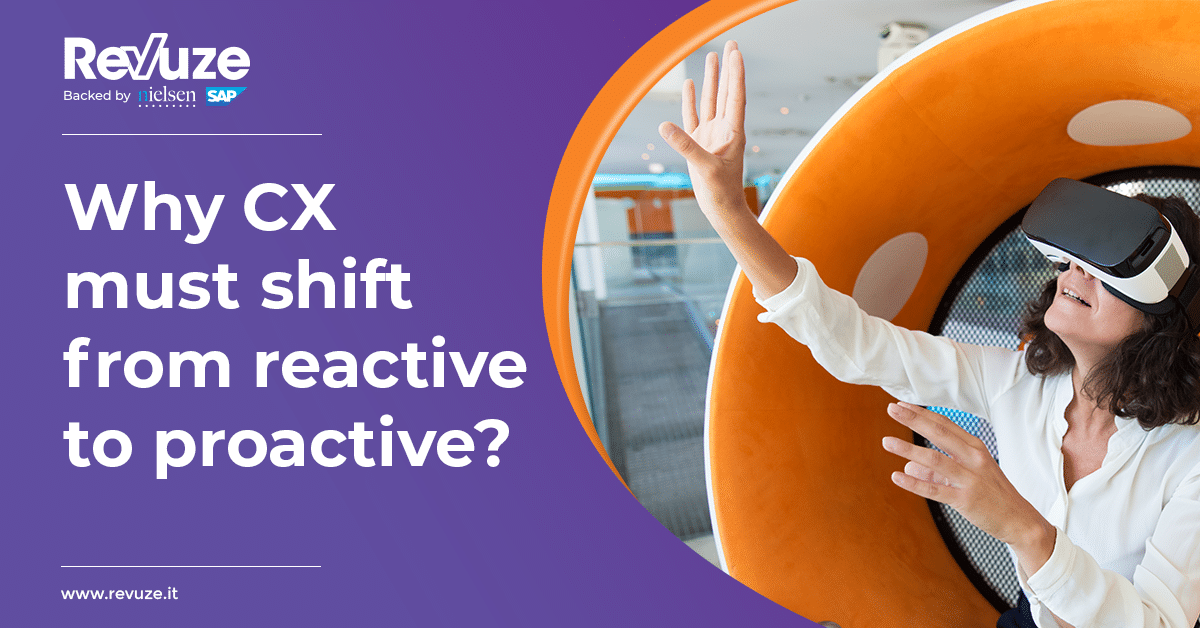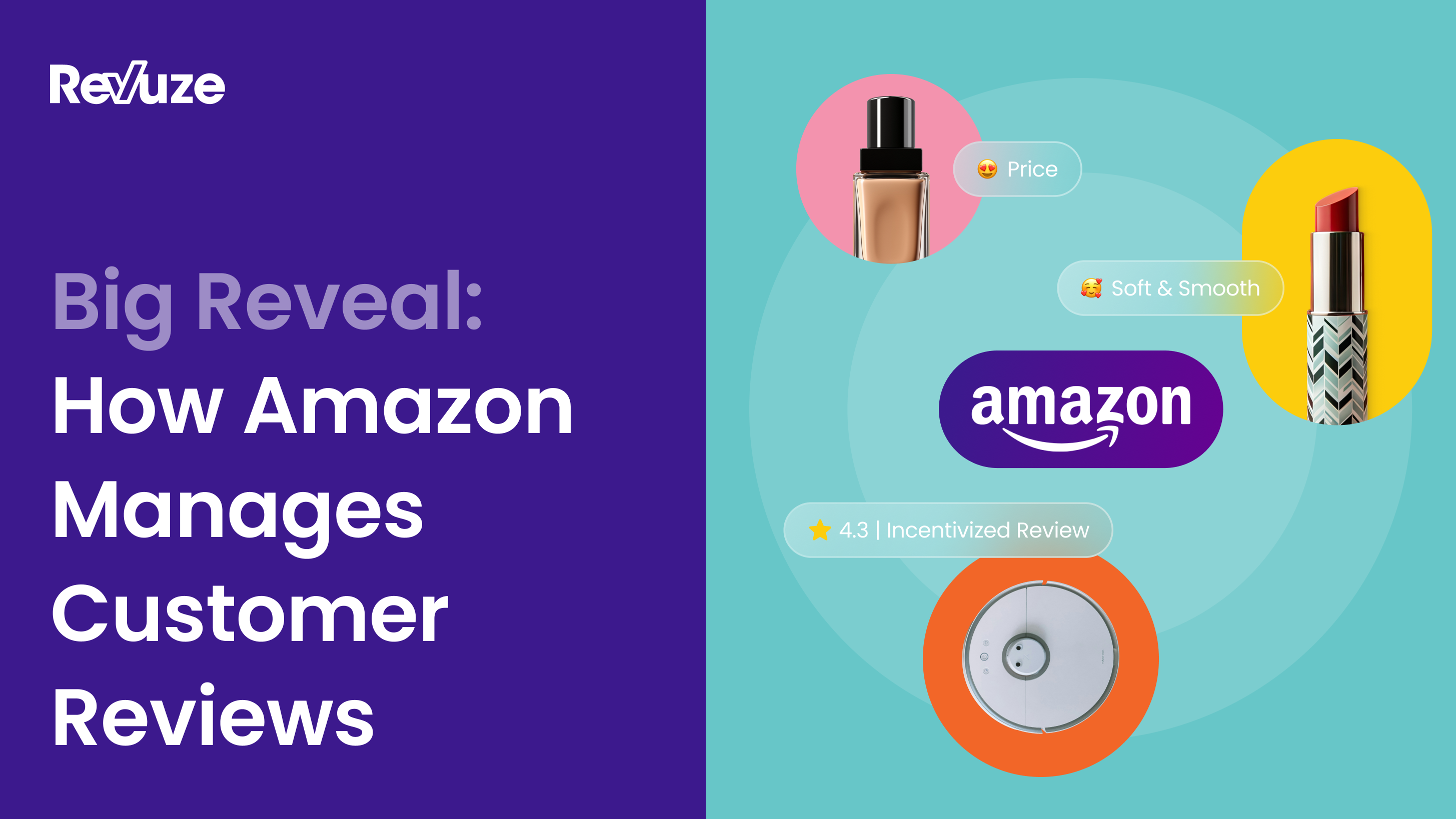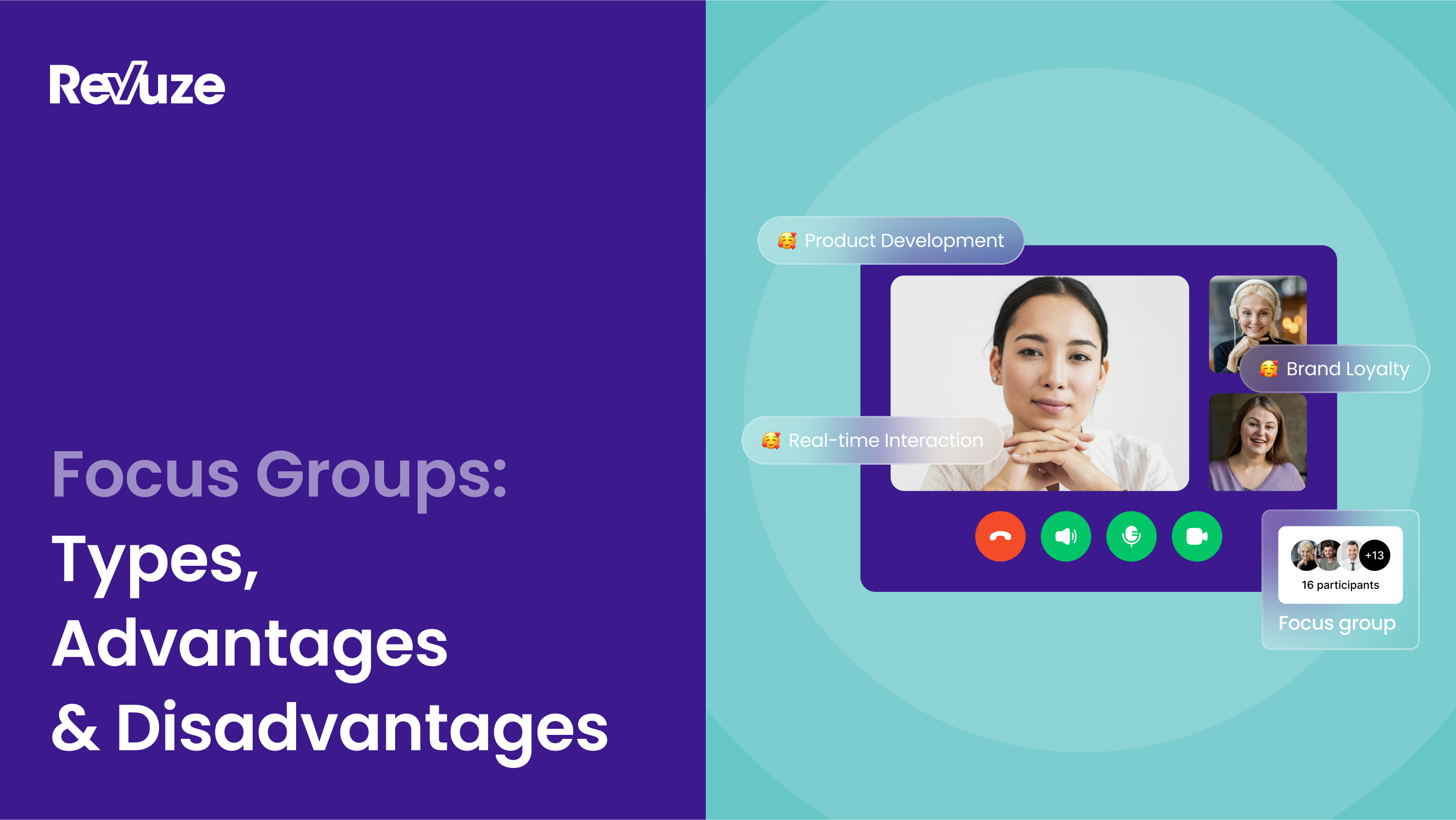
What is proactive customer experience?
The roots and DNA of customer understanding are reactive in nature. In general, as a brand you try to do something and understand if it worked or not. If sales are up, all good. If sales are down, now you start to dig in. Think about surveys and focus groups – you need to plan what to ask and who to ask before you gain a single insight about your declining sales. Once you get insights, they typically only trigger further investigations.
This is why according to Bain and Company 80% of brands believe they deliver superior customer experiences, but only 8% of customers feel the same – hence the “CX gap” or “VOC gap”.
To make things worse, there are more feedback channels today, either direct to the brand like chat, calls, email or just to the general public like social media and online reviews, forums and blogs. According to IDG, over 90% of the world data is soon to be made of such customer opinions. So, whatever didn’t work thus far will for sure not work in a much more complex and fast-moving environment.
This tectonic shift will force CX, VOC, consumer insights or whatever other name we call understanding our customers to become proactive and scalable.
Why is CX reactive at all? Why do we have the CX gap?
Because what is common to all existing solutions today that analyze unstructured customer opinions is that they heavily rely on human experts – data scientists, analysts, IT folks that train generic AI machines to search for specific patterns and expressions in customer opinions.
Like with every other industry, once manual labor is involved it makes things slower, more expensive, and in this case where experts need to use their imagination to predict how others express themselves on products or services – it is also biased and inaccurate.
Now if a person is setting up the CX machine to look for patters, how can that machine be anything but reactive? The person can’t predict a new trend or competitor, so he or she can only add these to the CX insights once there is enough evidence that this is mandatory.
A couple of things that make things worse are accuracy and time to insights:
- In our experience with dozens of customers around the globe, the accuracy of human lead solutions is around 60% at best, meaning these brands miss about 40% of what is going on in the market, or understand with certainty of 60% what does go on…which explains again the “CX gap” or “VOC gap”.
- Another important aspect of this is that for operational roles within brands that now need task specific or product specific data to make a decision, they need to go and stand in line with these analysts or IT folks. This is counterproductive as it prolongs time to decisions and doesn’t allow brands to react fast to market changes. This means that there’s a whole range of roles within brands without the ability to leverage in house solutions or make quick decisions.
Why Proactive CX is mandatory
Consumers today are privileged. We can buy from any company in the world and at any location we’re at. Once we buy, we can also quickly share the news, our experience, what we feel with the rest of the world. All with a flick of a finger.
This crossing of eCommerce and User Generated Content (UGC) is the crossing of 2 mega trends that fuel each other. UGC helps buyers make purchase decisions by reading or watching success stories from other buyers – which drives eCommerce sales. On the flip side, once you purchase something you are excited or frustrated about – why not share your thoughts with friends or the whole world?
These 2 megatrends mean the following for brands:
- Customers rely on UGC for purchase decisions
- eCommerce is growing, and with-it new offers/brands/threats
- Speed and ease of purchase also means speed of change of tastes
To stay relevant, brands can’t even blink. They need to stay on top of trends, threats, tastes or they lose market share. And this requires CX/VOC solutions that will be proactive and quick.
Conclusion
Like it or not, the world changed. Once we let eCommerce out of the bag, anyone can start a new brand. Costs are low and reach is high. Brands must stay on top of what is going on, covering the 3 ‘T’s:
- Threats (New brands or products)
- Trends (“Green is good”, “organic”, “gluten free”)
- Tastes (Wireless headphones instead of wired. Smart phone instead of flip phone)
This is why the shift from Reactive CX/VOC analytics into Proactive CX/VOC is inevitable. Brands that will not adapt will shrink. Revuze is part of the new generation of vendors offering Proactive, Automated CX/VOC analytics that mines consumer insights at the single SKU level as well as at the entire market level.
Reach out to us to find out more here.
 All
Articles
All
Articles Email
Analytics
Email
Analytics








 Agencies
Insights
Agencies
Insights